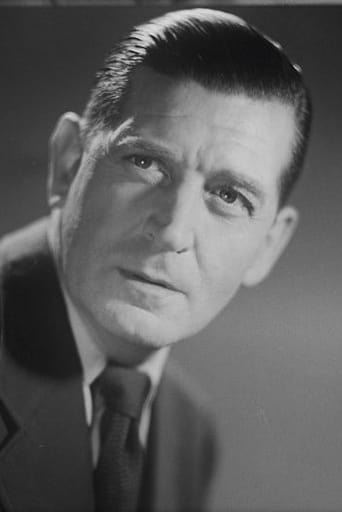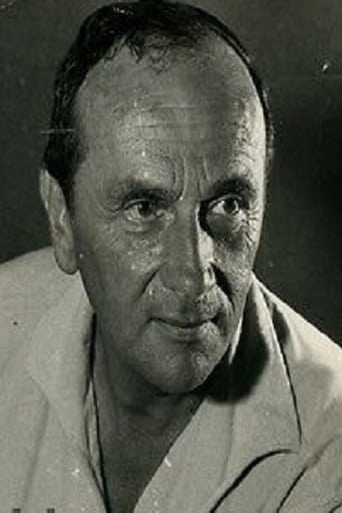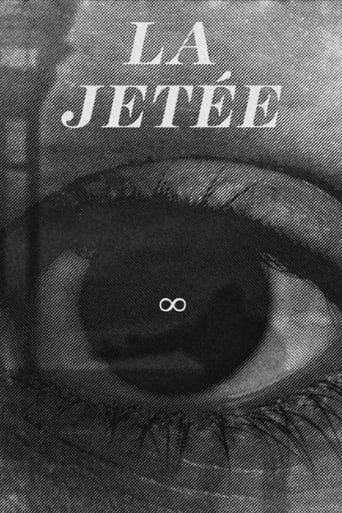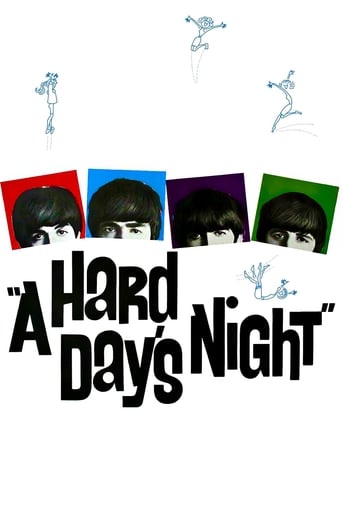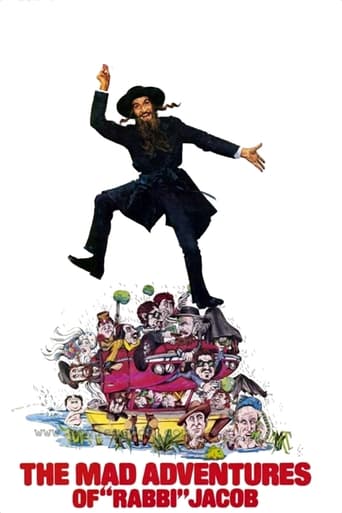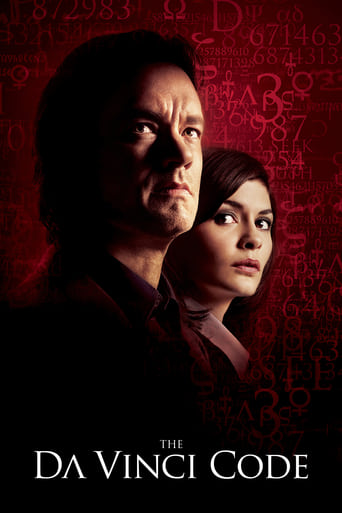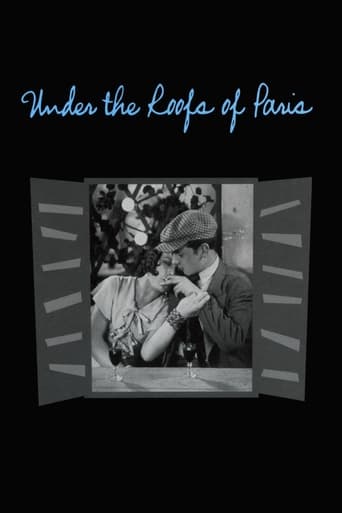
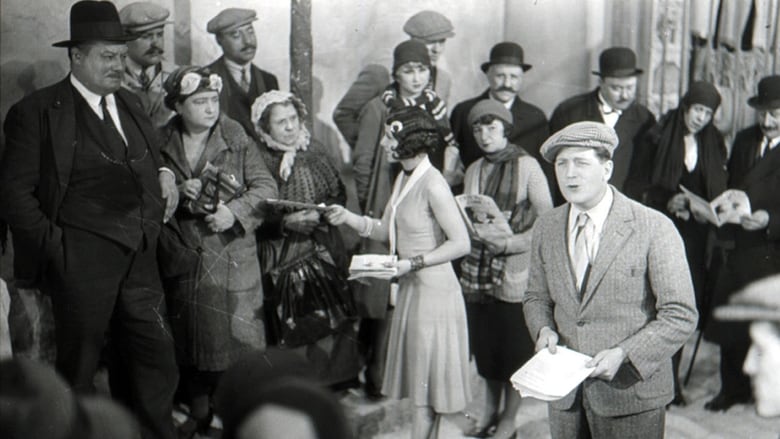
Under the Roofs of Paris (1930)
In the tenement slums of Paris between the world wars, impoverished street singer Albert yearns for beautiful Romanian immigrant Pola. Pola's boyfriend, local hoodlum Fred, grows jealous of Albert's constant attention to his woman and frames the hapless musician for one of his own petty crimes. But while Albert is in prison for Fred's misdeed, Pola ends up falling for Albert's faithful best friend, Louis.
Watch Trailer
Cast
Similar titles
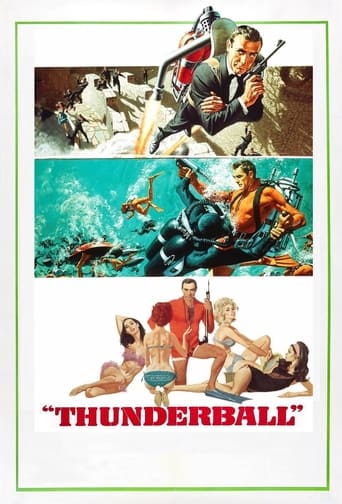

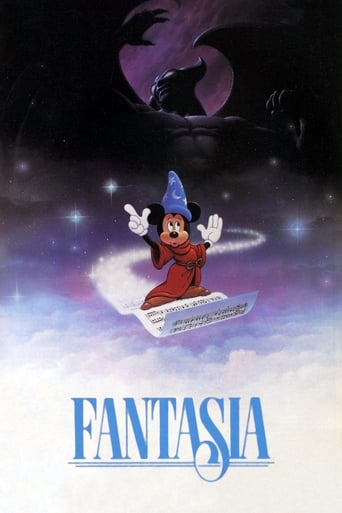
Reviews
People are voting emotionally.
To all those who have watched it: I hope you enjoyed it as much as I do.
Great example of an old-fashioned, pure-at-heart escapist event movie that doesn't pretend to be anything that it's not and has boat loads of fun being its own ludicrous self.
There are moments that feel comical, some horrific, and some downright inspiring but the tonal shifts hardly matter as the end results come to a film that's perfect for this time.
The great French film actor Jacques Tati made several films that tried to capture a Paris that disappeared even before World WarII. It was a world best seen through the gifted photography of Atget and Brassai. A world of intimacy, silent streets, virtually no traffic, limited means, but unlimited pleasures. A wonderful opening shot glides across rooftops to join a cluster of ordinary Parisians enjoying a singalong, an odd but compelling precursor of karaoke and rock concerts, but untarnished by special effects or hype. There is a sense that we are witnessing a street version of Lautrec's Moulin Rouge.The cinematography is extraordinary. It can only be compared to Fritz Lang's "M", or the "Third Man". Very little actually happens and dialogue is used sporadically. Yet we find ourselves caring very much about the people about whom we know so little.An unforgettable film.
For René Clair's influential film Sous les toits de Paris, sound and action were put together in a way that should have set an example for the impending technological developments that were about to take over cinema. Clair's concern for "talkies" was not one which totally denounced the use of sound in film, it only viewed it skeptically so as not to lose cinema's essence. Clair instead adopted a skepticism of talkies so that the art of cinema, his "new medium of expression" or "new poetry", would not be sold out to the masses of audiences looking for a thrill, or big industrialists looking to make big bucks at the box office. René Clair used so many original and striking combinations of sound and image in this film. There are a few most notable that I wish to discuss. The moments I vividly remember in Clair's movie all involve either movement of the camera or the relationship between sound and image. I greatly admired the use of the train and shots around the fight in the alley that heightened the excitement and anticipation. When the alley fight breaks out, we view at first from behind a pole, then from behind a fence with smoke, then in complete darkness. At every subsequent shot we lose more and more information as to what is happening. This is accompanied by the sound of a chugging train, pulling through loud and fast, which serves to describe the rough action but not lucidly identify it. This convention takes our auditory sense of the fight away as well. This loss of senses of the visual and audio correlation is a technique which sparks our imagination and lets us "fill in the blanks" or draw possible conclusions as the scene plays on. It is impossible to not wonder who is winning, was Albert stabbed, who will be hurt etc. because there are no perceptual clues to give us a hint. This beckoning for the audience's imagination is the heart of Clair's vision. Most of the conversations between characters are treated in the same fashion. Whether the sound is shut out by the closed café door (as in the scene between Albert and Louis rolling dice for Pola), or by the lowering of dialogue to an inaudible whisper (as in Albert whispering to Pola and her replies of "no."), or in the confines of the non-diegetic sound filling the scene (like when Fred and Pola argue in the bar but the bar noise outweighs their fight), the audience is left to make up the dialogue themselves. Clair's ability to leave the useless talking out and still create wonderful soundscapes and captivating excitement is a point of artistic praise for Sous les toits de Paris. More evidence for Clair innovative use of sound and picture is in the alarm clock scene. In the scene, after Pola and Albert are waking up from the night before, we see Pola sleeping in Albert's bed and Albert on the floor. Suddenly, an alarm rings and wakes them up, but the camera cuts to Pola's high heel shoes on the floor next to Albert. Albert reaches over and taps the shoes- and the alarm shuts off. Viewers, (myself included) are confused until the shot is drawn back and we see Pola reaching over to turn off the true alarm clock. Moments like this are bits of creative brilliance that serve to trick us and keep us aware of the sounds we are hearing in relation to what we are watching.René Clair used the capabilities of synchronized sound in moderation in order to hold the qualities of silent film but still incorporate new technology. His use of sound was used creatively, to parallel the action, trick the audience, or make the visuals altogether striking. The auditory ambiguity is created with a purpose that stays true to the art of cinema.
***POSSIBLE SPOILER WITHIN***Once again I find myself better off withholding my vote. I feel that my reaction to this acknowledged cinematic masterpiece must be too biased for me to vote fairly. I was unable to muster any empathy for the characters: two-bit criminals vying for the affection of a coy, flirtatious and fickle young woman in the top layer of the Paris underworld. What eventually made me give up on watching the film, though, after a little more than an hour of it, was the music, which, no matter how low I turned the volume, grated relentlessly against my nerves. I realize full well that the dance-hall and amateur music is necessary to the story, and I don't want to appear a total curmudgeon, nor do I intend in any way to condemn this film--it just isn't to my taste.On the positive side, the opening shot, the camera languidly descending literally from the Paris rooftops to street level, with slight, sinuous detours along the way, must be one of the miracles of film. How this sight must have taken away the breath of audiences in 1930 or '31! It still has the power to do so today. Indeed, throughout the film (or the first hour or so that I endured), the photography was exquisite, in some cases unmatched by anything I've ever seen.Maybe I'll give this one another try on another day. But there are so many films to see...
"Sous les toits de Paris", a 1930 comedy/drama was René Clairs first venture into sound film making - and is already a masterful showcase for the use of sound. It is actually a blend between silent movie and talking movie with whole sections being without any sound or the dialogue turned off. In its deliberate use of sound, the movie reminded me of Fritz Lang's "M".Also, the sets are fantastic. They show the "lower" quarters of Paris as both a fantastic place and a realist place. It gives the movie a very nice touch.But the story isn't that fantastic. It's a simplistic plot about a man falling in love. He's getting arrested. In the meantime, his best friend falls in love with his girl. I think Clair wasn't out to write something terribly new but used this simple, yet lovely story to carry his technical idea about sound (he was at that time still a strong defender of the silent cinema). Also, he wanted to show the "other" life in Paris, the low life. And he succeeds quite well at that.All that said, however, I have to add that this isn't my kind of film. I appreciate its virtuoso style for its time, I even might consider it a classic to some extend because it led the way for a generation of film makers - but personally, it doesn't do much for me. I watch it sort of emotionless. Overall, I'd give it a very personal6/10
